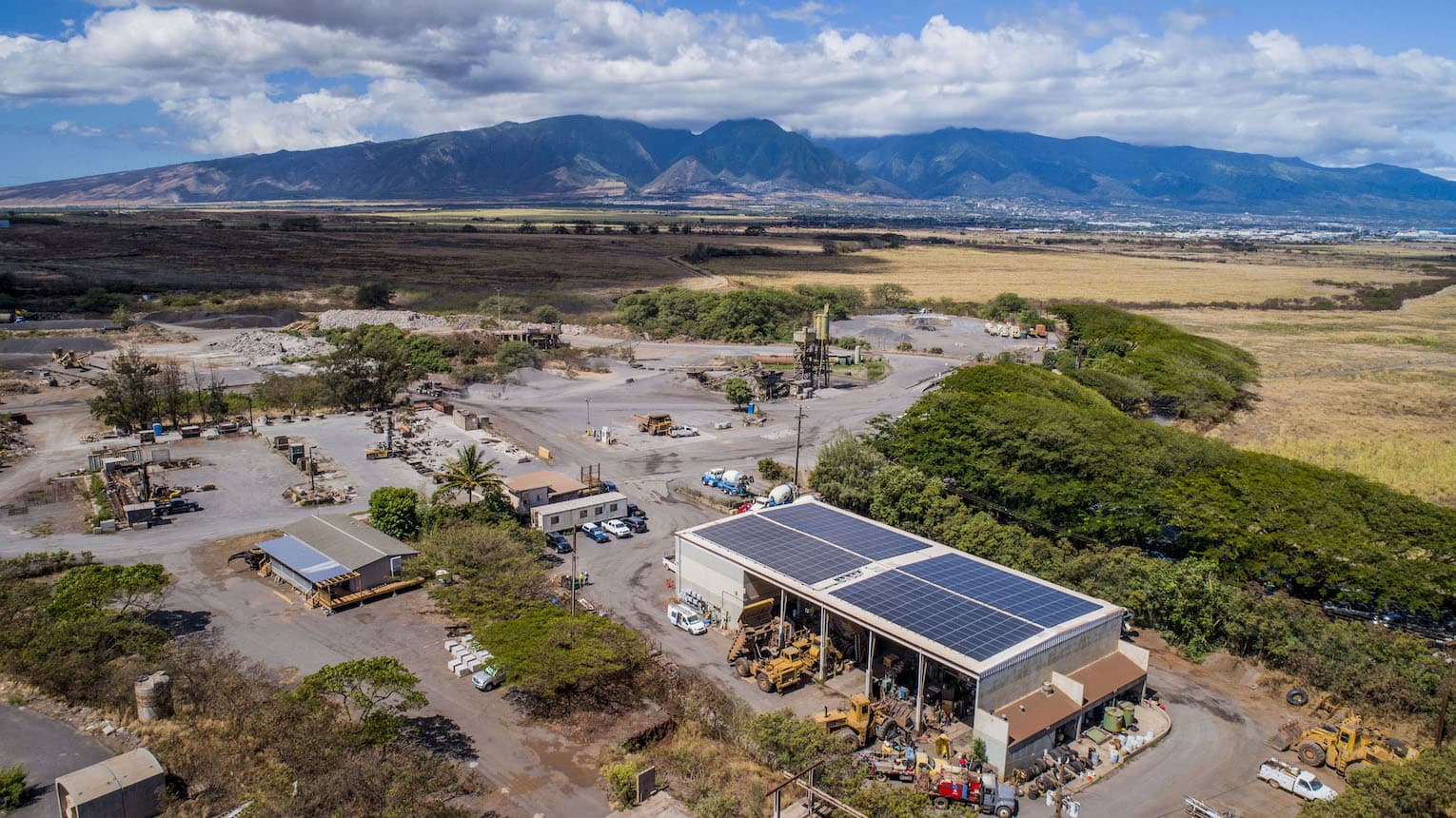Solar energy has emerged as a promising solution to address our ever-growing energy demands while reducing our carbon footprint. Solar panels, which harness the power of the sun, can be found in various settings, ranging from rooftops in residential areas to sprawling solar farms powering entire cities. In this blog post, we will delve into the differences between residential, commercial, and utility-scale solar installations, highlighting their unique characteristics and contributions to the renewable energy landscape.
Residential Solar:
Residential solar installations are typically found on the rooftops of houses, apartments, or small buildings. They are designed to meet the energy needs of individual homeowners or occupants. Here are the key features of residential solar:
- Size and Capacity: Residential solar systems are relatively small in scale, typically ranging from a few kilowatts (kW) to tens of kilowatts. The size depends on the available roof space and energy requirements of the household.
- Ownership and Usage: Homeowners often own and maintain residential solar installations. The energy produced can be used to power the residence directly, reducing reliance on the electrical grid. Excess electricity can be fed back into the grid through net metering or stored in batteries.
- Cost and Incentives: Residential solar installations have become increasingly affordable, thanks to advancements in technology and supportive government incentives. Tax credits, grants, and net metering programs help homeowners offset the initial costs and encourage the adoption of solar power.
Commercial Solar:
Commercial solar installations are designed for non-residential buildings and businesses. They range in size and cater to the energy needs of commercial enterprises, including offices, schools, shopping centers, and industrial facilities. Let’s explore the distinct aspects of commercial solar:
- Scale and Capacity: Commercial solar systems are larger than residential installations, typically ranging from tens of kilowatts to a few megawatts (MW). They can cover expansive rooftops or utilize open land adjacent to the commercial buildings.
- Energy Offset and Financial Benefits: Commercial solar installations enable businesses to offset a significant portion of their electricity consumption, reducing their operating costs and carbon emissions. The excess energy can be sold back to the grid, generating additional revenue.
- Customization and Integration: Commercial solar systems can be tailored to meet the unique energy demands of businesses. They can incorporate innovative features such as solar carports, rooftop gardens, and solar-integrated building materials, enhancing sustainability and aesthetics.

Utility-Scale Solar:
Utility-scale solar refers to large-scale solar installations dedicated to generating electricity on a massive scale. These projects, often referred to as solar farms or solar power plants, play a vital role in meeting the energy demands of cities, regions, or even entire countries. Consider the following characteristics of utility-scale solar:
- Size and Output: Utility-scale solar installations are enormous, with capacities typically ranging from several megawatts to hundreds of megawatts or even gigawatts (GW). They occupy vast tracts of land, often in remote areas with ample sunlight.
- Grid Integration and Power Distribution: The electricity generated by utility-scale solar installations is fed directly into the electrical grid. It provides power to residential, commercial, and industrial consumers over long distances, facilitating energy distribution and resilience.
- Cost Efficiency and Economies of Scale: Utility-scale solar benefits from economies of scale, as large projects can achieve lower installation and maintenance costs per unit of electricity generated. This makes it an attractive option for utilities and power providers aiming to diversify their energy mix and reduce carbon emissions.
Conclusion:
Solar energy is a versatile and sustainable power source that can be harnessed at different scales. Residential solar installations empower individual homeowners to generate clean energy and reduce reliance on the grid.
.